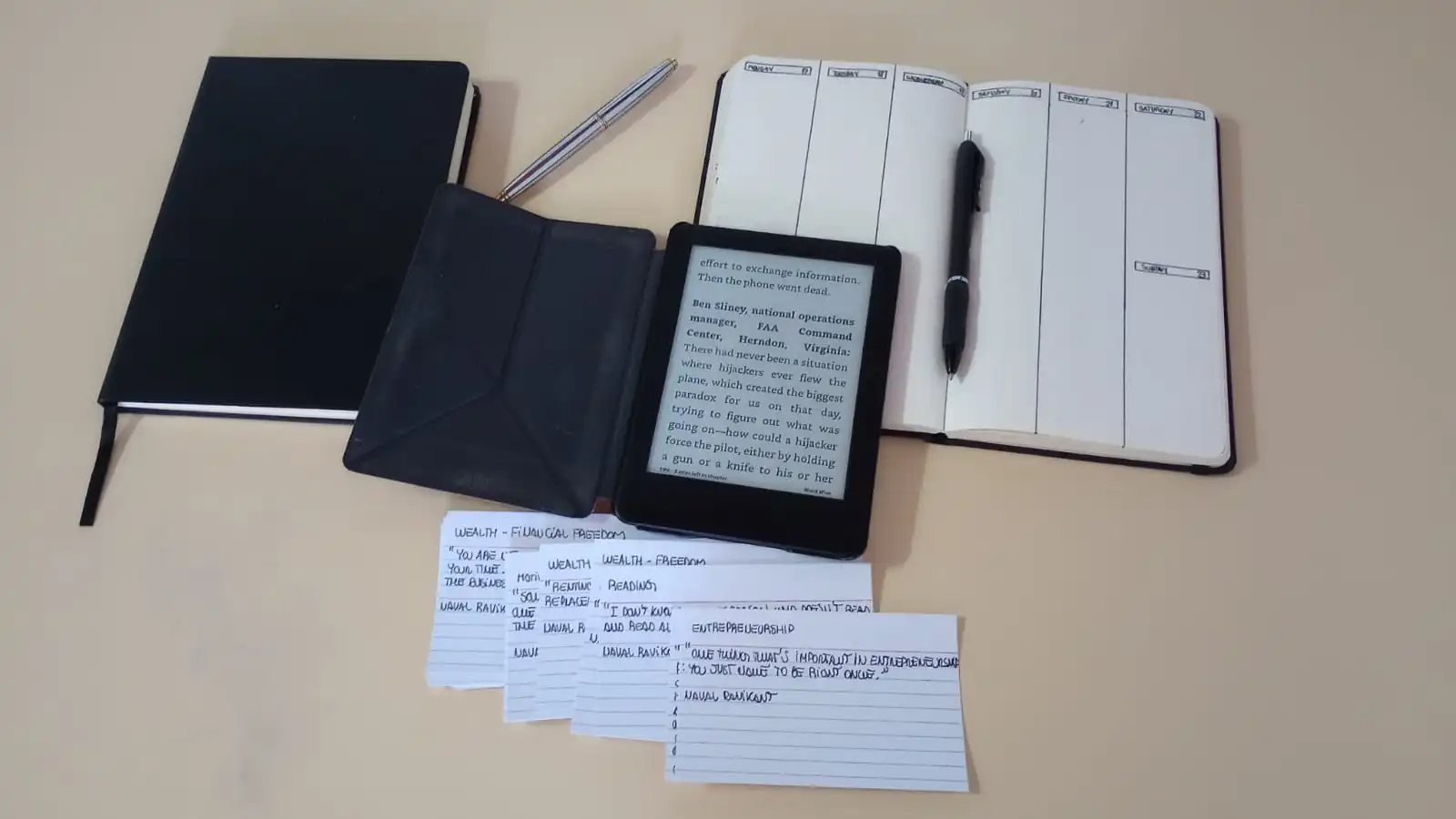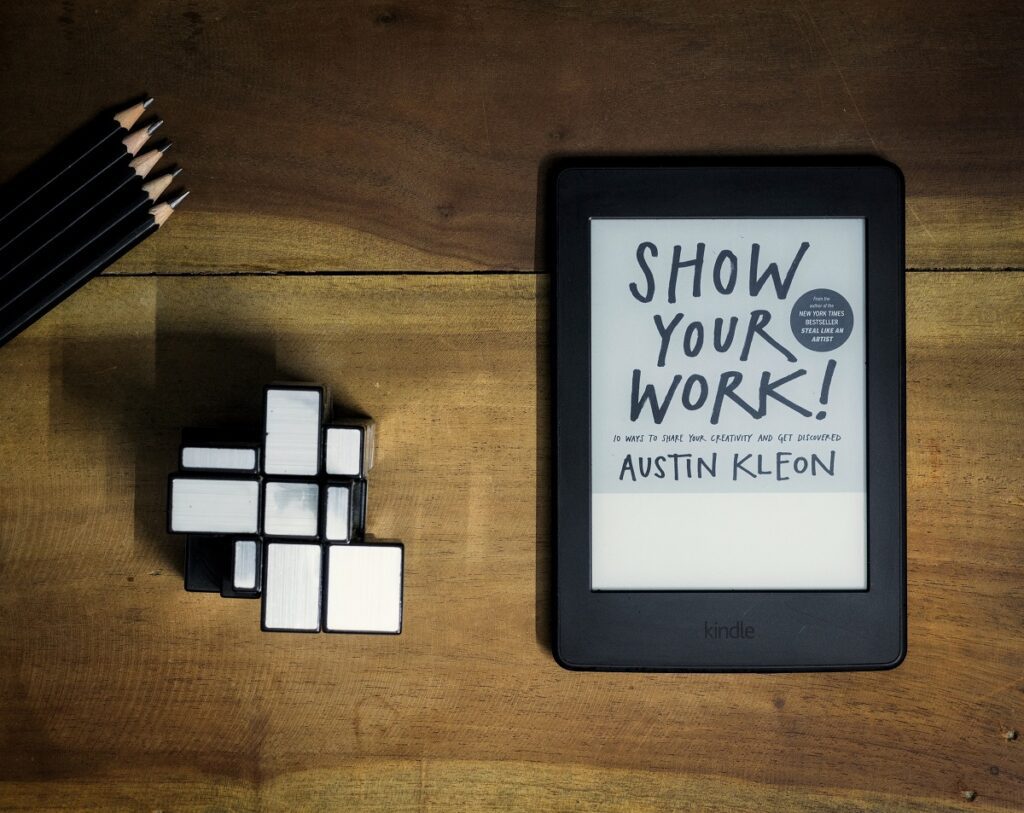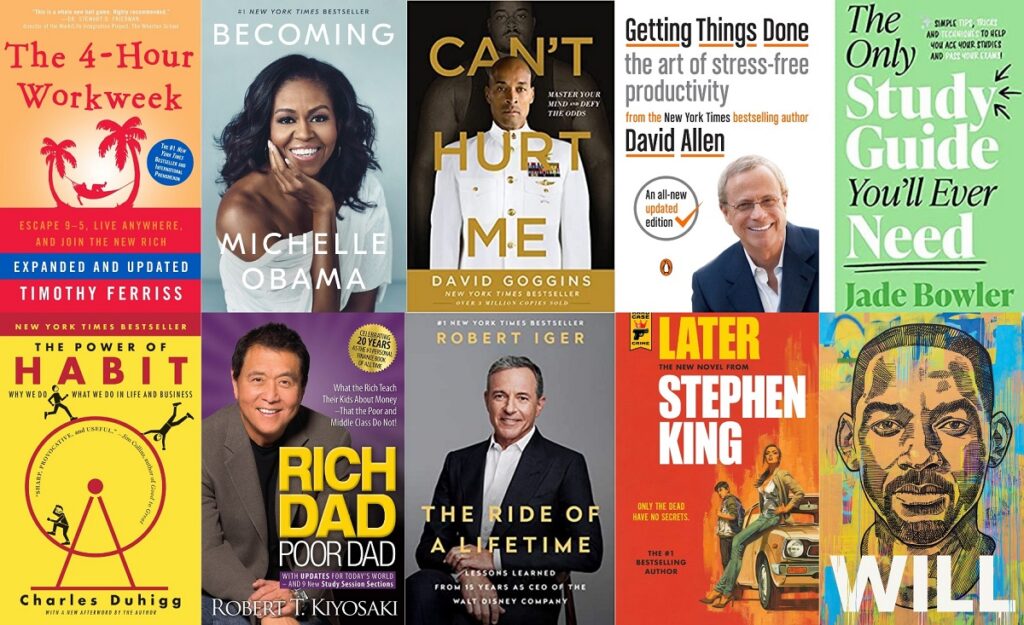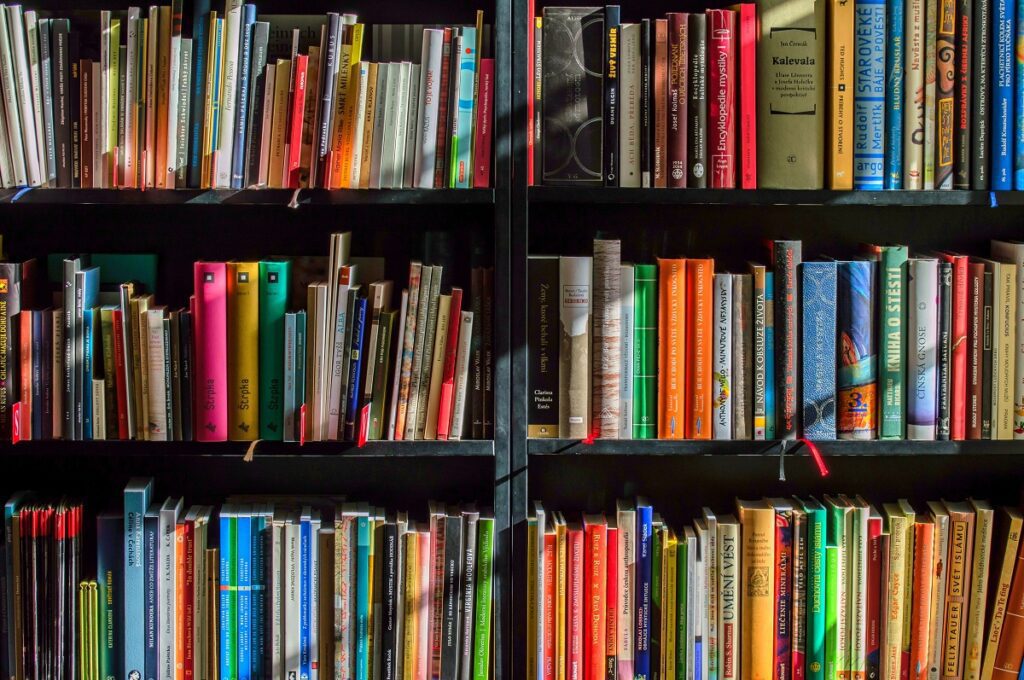For some reason, I’ve always wanted to discuss the tools I use regularly. When I was an absolute beginner, I was obsessed with tools. The more I write, the more I realize tools aren’t important because few tools can encourage you to do your work. I divided this article into two sections because that’s how my setup works. There’s a digital desk on one side of the room and an analog one on the other. I stole the idea from Austin Kleon’s Steal Like an Artist.
As you’ll see the gear I use is extremely minimalist. The best part is that you don’t need that much space to use it well. I’ve worked on kitchen tables for years and I never felt uncomfortable. As mentioned above, this is my minimalist gear, so it might not work for everyone. With it though, I created a website with over 130+ book summaries and a popular newsletter.
Most tools mentioned here are portable and you can take them anywhere. You can find alternatives for the ones you can’t. When I know I won’t have access to certain digital tools, I schedule my work so that I can read and write when I’m on the go. When I’m back home, I transcribe articles on the computer or quotes for the notecard system. Although it’s tempting to do those two tasks as soon as they come up, it’s more convenient to wait and do them in batches.
Not having access to a computer for long periods might sound like a waste of time for most writers. I love being able to do what I do without internet access, loud notifications, or distracting apps. I’d argue I do some of my best work when I’m away from the computer.
But enough about that. This is my setup. Feel free to adapt anything that sounds interesting to you.
Digital Desk
Windows PC
Most writers I know use Macs. Macs are convenient and a lot of people are used to them. The problem is they are too expensive. Ever since I was a teenager, I’ve been using Windows PCs. Also, building a Windows PC is one of the most fun projects you could do. I understand that putting together a computer is a hassle to most people, but there’s something satisfying about seeing the machine underneath my desk and telling everyone: “I built that”.
There’s nothing particularly fancy about my computer setup because you don’t need that much power to browse the web and write articles on Google Docs. That said, there are two things I didn’t compromise on: the screen and the speakers. The screen is important because I don’t have a television, so I consume some entertainment on this machine. Second, I listen to music when transcribing summaries or doing menial tasks (such as updating broken links). Having a nice set of speakers is something I’ll never regret. I built this computer around six years ago, so it’s a matter of time before I upgrade again.
Analog Desk
Notebooks
- Moleskine (for Bullet Journaling): I’ve been bullet journaling for the last few years. I feel organized and never forget anything because I write it down as soon as something comes up. If there’s something about my bullet journal that I underutilize, it’s the collections section, but that’s a topic I might discuss in a future article. My setup is rather simple, and I love using a Moleskine because it has the perfect size. I use a dotted, black, hardcover Moleskine.
- A5 Notebook (for Journaling): I’ve journaled every night for the last few years. Journaling (like going on long walks) brings me mental clarity and helps me organize ideas. I tried several notebooks for journaling, but since this is one of my favorite activities, I’m using a lined, black, hardcover notebook.
- A4 Spiral Notebook (for Summarizing Books): when it comes to notebooks for summarizing books, I just buy the cheapest ones I can find. At first, I got a couple of heavy notebooks from Staples, but carrying them around was cumbersome. Also, I soon realized that as soon as I was done with them, I just threw away these notebooks and never missed them. I’m more than happy with any lined a4 notebook.
- Acrylic Ruler: since I make bullet journal spreads, using a ruler is a must. I know there are fancy rulers, but my favorite is an acrylic one because it’s cheap and easy to replace if I lose or break it which has happened before.
Pens
- Parker Jotter (Black Ink): Parker pens have an important history and if you’ve ever watched a movie where someone is using a pen, that is probably a Parker pen. I have a Parker lookalike pen that my grandmother gave to me when I graduated college. I couldn’t care less about the pen itself, but I think that was a nice gesture and I’ve been writing on that pen ever since. I mainly use this pen for journaling.
- Sharpie S-Gel (Black Ink): S-Gels are my favorite pens because they don’t bleed through the page and are easy to get. I use S-Gel pens for taking notes in my bullet journal and recently started using them as part of my notecard system because my notes are easier to read than with other pens.
Kindle
- Kindle: I know it sounds hyperbolic but the Kindle changed my life. The Kindle is at the center of my analog system. I understand that the Kindle is technically a digital device. Still, since the e-ink display is such a unique piece of technology and I’m always disconnected from the internet while using it, I consider it part of my analog desk. Since I bought my Kindle Basic in 2019, many new Kindles have come out, including a new Kindle Basic, a new Paperwhite, the Scribe, and the Colorsoft. That’s a lot of new Kindles to keep track of. I thought about upgrading several times, but I can’t think of a feature that makes me want to replace my device. A bigger screen sounds great, but while I would appreciate the real estate, it’s not life-changing. The same goes for water resistance, a premium pen, and color.
- Kindle Standing Case: this is one of the most important parts of the setup. Most people use Kindle cases to protect the device, but this case has a standing design. This means it folds so that you can read books hands-free. This is important because I summarize books as I read them, and having a Kindle standing while doing it is practical. As weird as it sounds, I don’t think I’d read as much as I do if it wasn’t for this standing case.
Notecard System
- Acrimet Index Card Holder: You have to organize your notecards somehow. This card holder is the best one I’ve found, but it’s expensive. Unless you know you’ll use your notecard system regularly, I’d encourage you to get something simpler and cheaper. Nevertheless, if you review your notecards daily, you should get something like this because it’s comfortable and looks great.
- Index Cards: index cards are one of those items that you shouldn’t stress too much about. Just buy the least expensive notecards because it doesn’t make a difference. You’re welcome to experiment with different brands, but I’ve yet to be disappointed with index cards. Just pick a size you like using and move on.
- Index Card Dividers: index card dividers are important because as you categorize your notes, you want to organize them to find what you’re looking for easily. As with index cards, I wouldn’t stress about brands. Just buy the right size and pick a color you like.
The tools you use for creative work are important, but not that important. It’s not about picking the right pen, it’s about picking a reliable pen that enables you to do your work without distractions. When you think about it, you don’t need expensive gear to produce great work. Yet we all fall into that trap at some point. I hope this article helped you, but remember that you can always write a masterpiece using Bic pens and a legal pad. And if you don’t believe me, remember Jerry Seinfeld who once said: “When there’s no distractions, it enables the brain to feel free and flow. And that’s the goal with creativity: to get your brain in a place where it feels free and can flow.”




